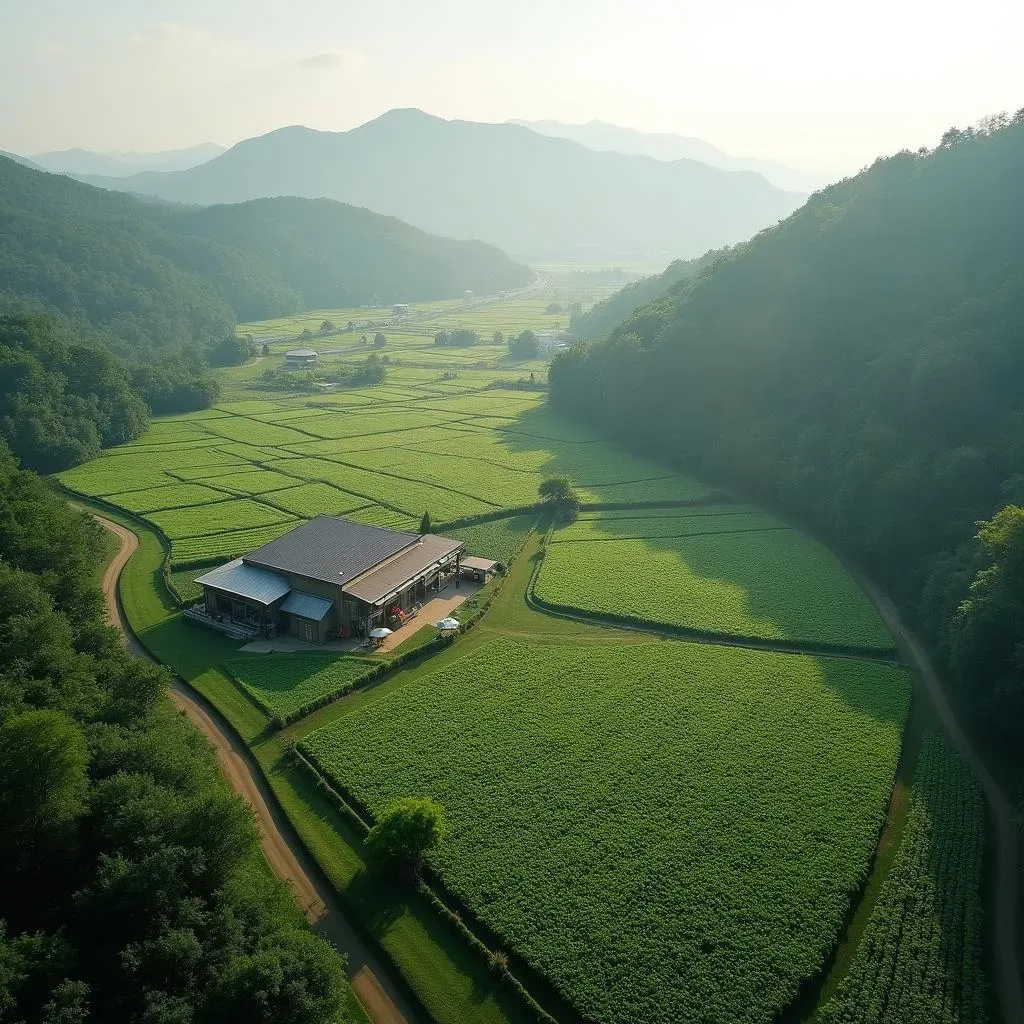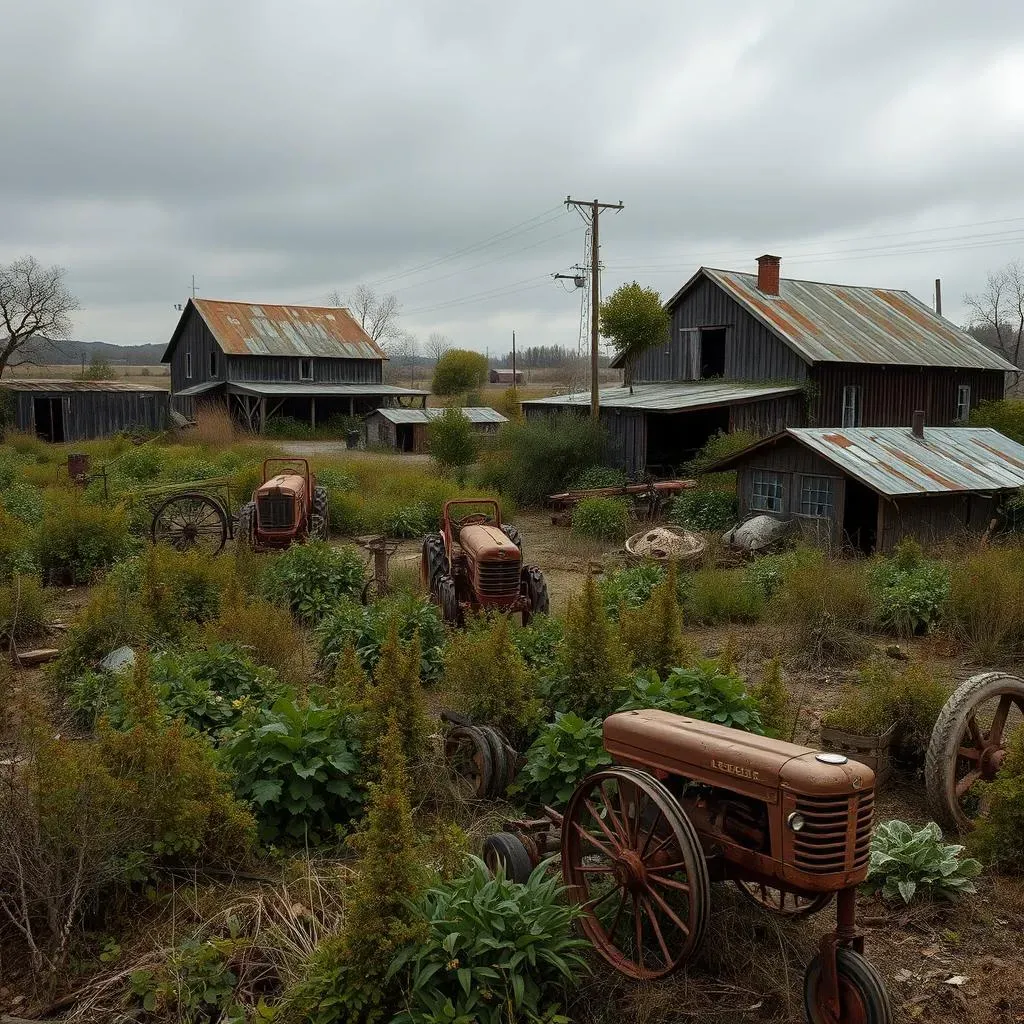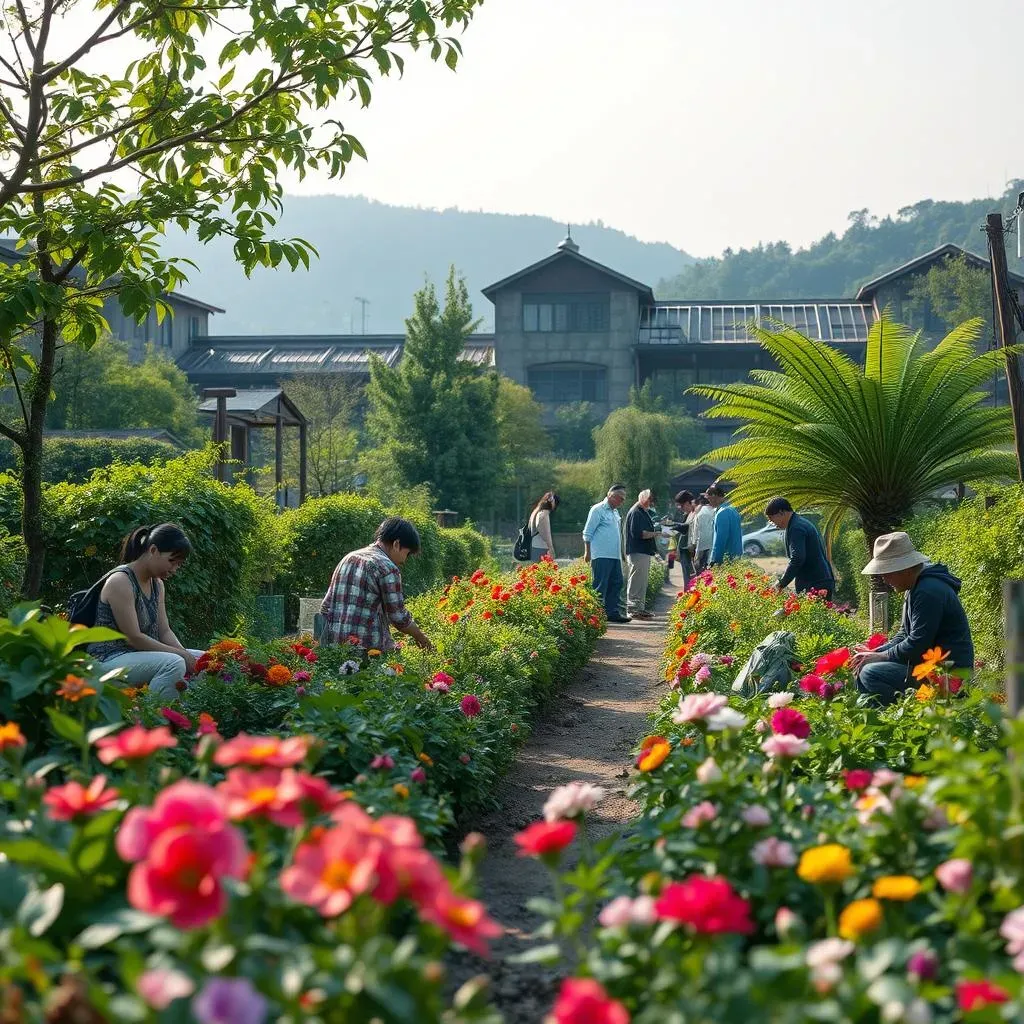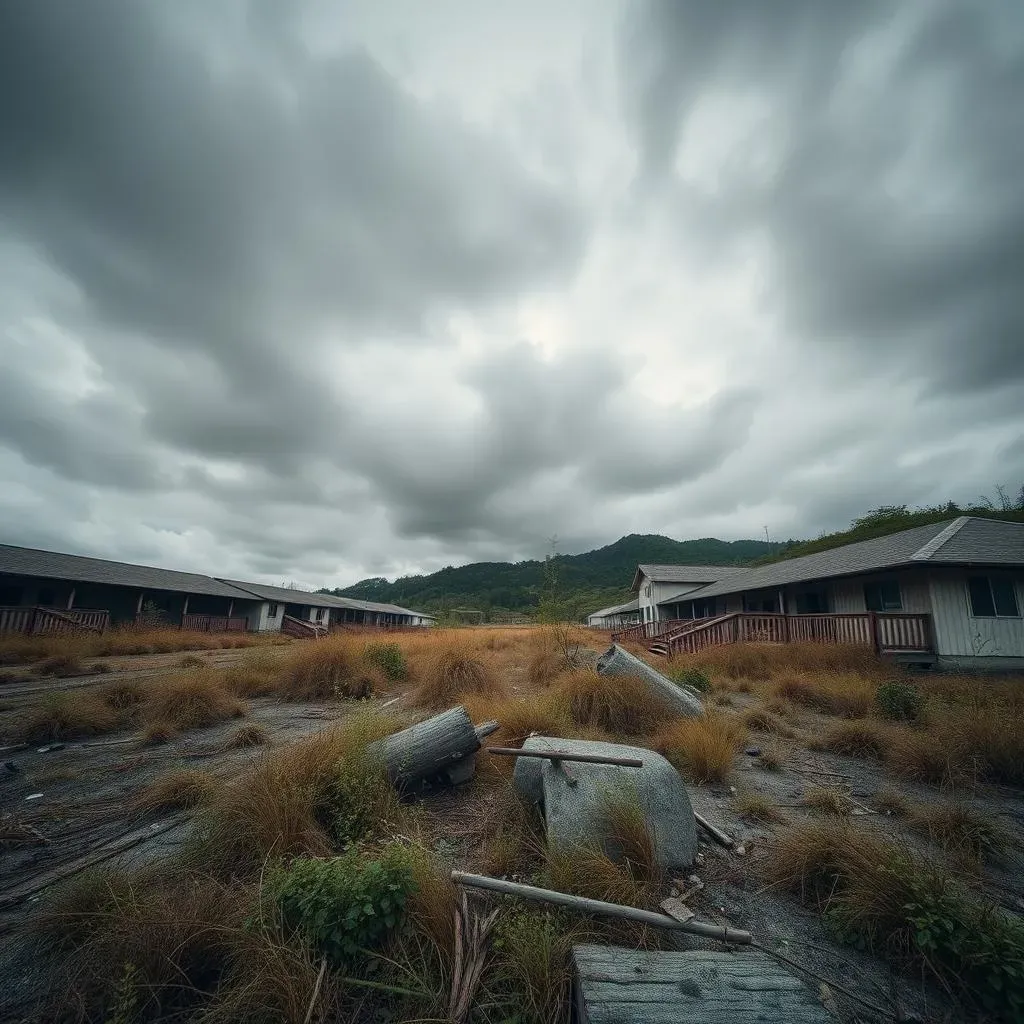Table of Contents
The news of a business closing its doors often leaves a community in shock, and the case of Nishijima Engei Danchi is no exception. This once-thriving agricultural and leisure facility, known for its delicious fruits and family-friendly atmosphere, has recently become the subject of much discussion due to its bankruptcy. This article isn't just about the 西島 園芸 団地 破産 itself; it's about understanding the story behind it. We'll explore the history of Nishijima Engei Danchi, the factors that led to its financial downfall, and the impact this closure has on the local community. We'll also look ahead, pondering what the future holds for the site and those affected by its bankruptcy. Join us as we navigate the complexities surrounding the 西島 園芸 団地 破産 and seek to understand what went wrong and what could come next.
Nishijima Engei Danchi: A History Before Bankruptcy

Nishijima Engei Danchi: A History Before Bankruptcy
The Early Days of Nishijima
Nishijima Engei Danchi wasn't always facing financial troubles. It began as a vision, a place where agriculture and leisure could meet. Imagine a sprawling farm, not just growing crops but also inviting people to experience the joy of harvesting fresh fruits. The idea was simple: connect people with the source of their food while providing a fun day out. They started with a focus on high-quality fruits, especially strawberries, which quickly became their signature offering. It was more than just a farm; it was a place for families to make memories, picking berries under the warm sun.
Over the years, Nishijima Engei Danchi expanded its offerings. They didn't just stick to strawberries; they diversified into other fruits like melons and grapes, all grown using specialized water treatment methods. This wasn't some dusty old farm using outdated methods; they were investing in technology to produce the best possible produce. They even added a cafe, serving up delicious desserts made with their homegrown fruit. This made it a well-rounded experience, something that would draw crowds from near and far. It was a place that seemed to have it all.
Expansion and Recognition
Nishijima Engei Danchi's approach to farming and recreation didn't go unnoticed. It became a popular destination for tourists and locals alike, appearing in various media outlets and even becoming a subject of university research. This wasn't just a local attraction; it was gaining regional, maybe even national, recognition. The farm had successfully created a brand for itself, synonymous with quality and a fun, family-friendly environment. They had a solid reputation for great produce and a great day out, which is a tough combo to beat.
The facility wasn't just about picking fruit and eating cake. They had a strong focus on customer experience, offering ample parking, clear operating hours, and even a detailed website showcasing their products. They made it easy for people to visit and enjoy their time there. This attention to detail and commitment to quality is what set them apart and helped establish them as a significant player in the local tourism scene. It wasn't just luck; they had a well-thought-out plan.
Key Feature | Description |
|---|---|
Initial Focus | Strawberry cultivation and visitor experience. |
Expansion | Diversified fruit production, cafe addition. |
Recognition | Featured in media, subject of university research. |
Customer Experience | Ample parking, clear hours, detailed website. |
The Events Leading to 西島 園芸 団地 破産

The Events Leading to 西島 園芸 団地 破産
So, what happened? How did a place that seemed so successful end up facing bankruptcy? Well, it's rarely one single thing, right? It's usually a combination of factors that build up over time. In the case of Nishijima Engei Danchi, while they had a strong reputation and a loyal customer base, it seems that some cracks were forming beneath the surface. We're talking about potential shifts in the market, maybe increased competition from other similar attractions, or even changes in consumer preferences. These things can really throw a business off balance if they're not handled carefully. It's like trying to keep a boat steady in a storm; you need to be constantly adjusting and making sure you're not taking on too much water.
Another thing to consider is the operational side. Were there rising costs that they couldn't keep up with? Were there investments that didn't pay off as expected? Agriculture, while rewarding, can be unpredictable and prone to unexpected expenses, like bad weather or pest infestations. The specialized water treatment they used, while good for the crops, might have also been costly to maintain. Then, there's the management aspect. Were they adapting to changes in the industry? Were they making smart decisions with their finances? It's often a combination of external factors and internal management that ultimately leads to such a drastic outcome. It’s like a puzzle where all the pieces have to fit just right, and if one or two are missing or mismatched, the whole thing falls apart.
Possible Factors | Description |
|---|---|
Market Shifts | Changes in consumer preferences or increased competition. |
Operational Costs | Rising expenses related to farming and maintenance. |
Management Decisions | Strategic choices affecting the finances and operations. |
External Factors | Unforeseen events like bad weather or pest infestations. |
Impact of 西島 園芸 団地 破産 on the Local Community

Impact of 西島 園芸 団地 破産 on the Local Community
The Immediate Economic Effects
The 西島 園芸 団地 破産 isn't just a sad story for the owners; it's a real blow to the local economy. Think about all the people who relied on the facility for work. We're talking about farmhands, cafe staff, and even the people who managed the place. Now, they're all facing job losses, which is never a good thing. This ripples out too, affecting other local businesses that benefited from the traffic the farm brought in. The shop down the road that sold local crafts, the gas station that people stopped at on their way – they're all going to feel the pinch. It’s like a domino effect; one thing falls, and it knocks over everything around it.
Then there's the impact on tourism. Nishijima Engei Danchi was a popular spot for visitors, bringing in money from outside the area. Now that it's closed, that flow of tourist dollars will likely dry up, at least for a while. This isn't just about a single attraction closing, it's about the broader appeal of the region. People came for the experience, the fresh fruit, the family day out. Losing that could make the whole area less attractive to tourists, which isn't great for any local businesses trying to get by.
Social and Community Consequences
Beyond the money side of things, there's a real social impact. Nishijima Engei Danchi wasn't just a business; it was a community hub. It was a place where families went to make memories, where kids learned about where their food comes from, and where locals gathered for a bit of fun. Losing that kind of place can leave a real hole in the community fabric. It's like losing a favorite park or a local hangout; it changes the whole vibe of the place.
It could also affect community pride. The farm was a source of local identity, something people were proud of. Its success was seen as a success for the whole area. With the 西島 園芸 団地 破産, that sense of pride might be shaken, leaving some feeling a bit down. It's not just about losing a business; it's about losing a piece of what made the community special. And that kind of loss goes deeper than just the pocketbook.
Impact Area | Specific Effects |
|---|---|
Employment | Job losses for farm and cafe staff, affecting local families. |
Local Businesses | Reduced revenue for nearby shops and services. |
Tourism | Decline in visitor numbers and tourist spending in the area. |
Community | Loss of a social hub and source of local pride. |
The Emotional Toll on Residents
The 西島 園芸 団地 破産 isn't just about numbers and economics; it's about the emotions of the people who live there. Imagine families who have been visiting the farm for years, making it a part of their traditions. Now, that special place is gone, and that can be really disheartening. It's like losing a piece of your childhood or a long-standing family ritual. The closure can evoke feelings of nostalgia, sadness, and even anger. It’s a reminder that even the most beloved places aren’t always permanent, and that can be a hard pill to swallow.
What's Next After the 西島 園芸 団地 Bankruptcy?

What's Next After the 西島 園芸 団地 Bankruptcy?
The Possibility of Rebirth
So, the big question is, what happens now? Does the story of Nishijima Engei Danchi end here, with bankruptcy papers and empty fields? Not necessarily. There's always the possibility of a phoenix rising from the ashes, right? The land itself is still there, and the infrastructure, while maybe needing some work, is still in place. It's possible that new investors could see potential in the site, maybe with a different business model or a fresh approach to agriculture and tourism. It's not unheard of for closed businesses to get a new lease on life with the right people and the right plan. It's like planting a seed; you never know what might grow if you give it the right conditions.
It could be that the local community might rally together to try and revive it. We've seen this happen before, where people who are passionate about their town or region get together and make something happen. Maybe they could form a cooperative or find a way to bring back some of what made the place special, while also making changes to ensure its long-term sustainability. It would be a real test of community spirit, but it could also be a powerful way to reclaim something that was lost. It's like a community garden, everyone pitching in to make something beautiful and useful.
Potential Outcomes | Description |
|---|---|
New Investment | External investors purchase the property and re-establish business. |
Community Revival | Local residents form a cooperative to restore the facility. |
Adaptive Reuse | The land is repurposed for a different type of business or community space. |
Lessons Learned and Future Outlook
Even if Nishijima Engei Danchi doesn't reopen in the same way, there are still lessons to be learned from this whole situation. It highlights the importance of adapting to market changes, managing costs effectively, and having a good handle on your finances. It's a reminder that even businesses with a strong reputation and a loyal customer base aren't immune to challenges. This could be a real wake-up call for other similar businesses in the area, prompting them to review their strategies and make sure they are on solid ground. It’s like a weather warning; you need to pay attention and prepare for the storm.
Looking ahead, this situation could actually spark some innovation. Maybe it will encourage new types of agricultural tourism that are more resilient to market fluctuations. Maybe it will inspire the local community to come up with new ideas for attracting visitors and creating jobs. Sometimes, it’s in the face of adversity that we find the most creative solutions. While the 西島 園芸 団地 破産 is certainly a loss, it could also be a catalyst for positive change in the long run. It's like a puzzle; sometimes you have to take it apart to put it back together in a better way.
“The only way to do great work is to love what you do.” - Steve Jobs. This quote reminds us that passion and dedication are crucial for success, but so is adaptability and sound financial planning.
Reflecting on the 西島 園芸 団地 Bankruptcy
The bankruptcy of Nishijima Engei Danchi serves as a stark reminder of the challenges businesses face, even those deeply rooted in their communities. While the closure marks the end of an era for many, it also presents an opportunity to learn and adapt. The impact on local farmers, employees, and visitors is undeniable, and the road to recovery will likely be a long one. As we look forward, it's crucial to consider the lessons from this event and work towards building stronger, more resilient local economies. The story of Nishijima Engei Danchi’s end is a complex one, and its legacy will undoubtedly shape future conversations about business sustainability and community support.
